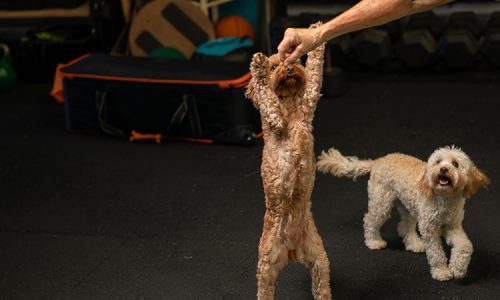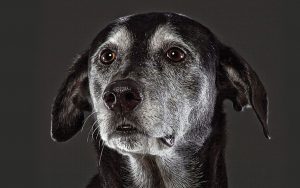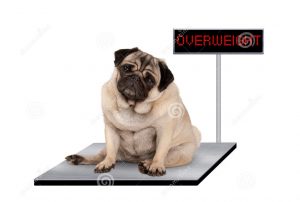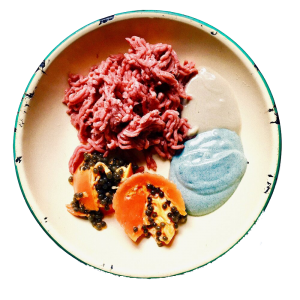There are many benefits to teaching your puppy to use a crate as his ‘safe haven’ when he seeks comfort or solitude.
Crate training can:
• Prevent damage if your puppy is destructive when investigating his environment
• Help with house training
• Provide safety for you and your puppy while travelling
• Provide a safe area for your puppy if you are unable to hold or supervise your puppy
• Enable your puppy to be a part of your family or group when he may otherwise be put outside
and be excluded
• Help with future vet clinic stays and boarding.
Although initially you may feel cruel putting your puppy in a crate, if used correctly it is quite the opposite.
A crate is a secure place for your puppy to relax and rest and can provide more opportunities for your puppy to be amongst your family.
Crate size and location
The crate you choose needs to be big enough for the puppy to comfortably stand up and turn around in when he reaches adult size. You may need to buy a different size crate as the puppy grows just as you will need to buy different size collars. The crate should be placed in the room where your family spends the most time, e.g. the living room or kitchen.
Training steps
1 Start by setting up the crate in one chosen location and leaving the door open. For the first few days leave the puppy to explore and sniff the crate and just let him get used to the crate being there
2 Start to place treats inside the door of the crate and let your puppy take these as he pleases
3 Praise him when he visits the crate
4 Still leaving the door open at all times, start to feed more tasty treats to your puppy inside the crate. Let him come and go whenever he likes
5 Once your puppy is happy being in the crate encourage him to stay for longer periods of time by placing a toy stuffed with food inside
6 Once your puppy is happy to stay in the crate for a short time, shut the door while he is chewing or eating and open it again before he is finished
7 Leave the door shut for a slightly longer period each time your puppy goes inside the crate
8 When your puppy is comfortable being inside the crate to eat or sleep the door can be shut for longer time periods when he needs to be confined. When confinement is not required the crate
door should be left open for your puppy to come and go as he likes.
Tips
• Place soft bedding in the crate
• Throw toys into the crate and have your puppy run in and out to fetch them
• Provide adequate water in the crate in a spill-proof bowl
• Leave a toy in the crate
• Let your puppy out of the crate when he is quiet
• Let your puppy sleep in the crate at night
• Never send your puppy to the crate as a punishment
• Do not place your puppy in the crate all day
• It is important to take your puppy out the crate before he becomes anxious and when
he needs to eliminate.
TIPS
Leaving your dog alone in a crate without supervision
Your puppy or dog should not be left unsupervised in a crate until he is completely comfortable and at ease inside with the door shut.
The time he is left alone unsupervised in the crate should only gradually be increased.
• Exercise your puppy before leaving him alone in the crate
• Place soft bedding in the crate
• Provide adequate water in the crate in a spill-proof bowl
• Leave a chew toy in the crate
• Be mindful of weather and temperature changes during your absence
• Before and after confinement take your puppy outside to the toilet.










